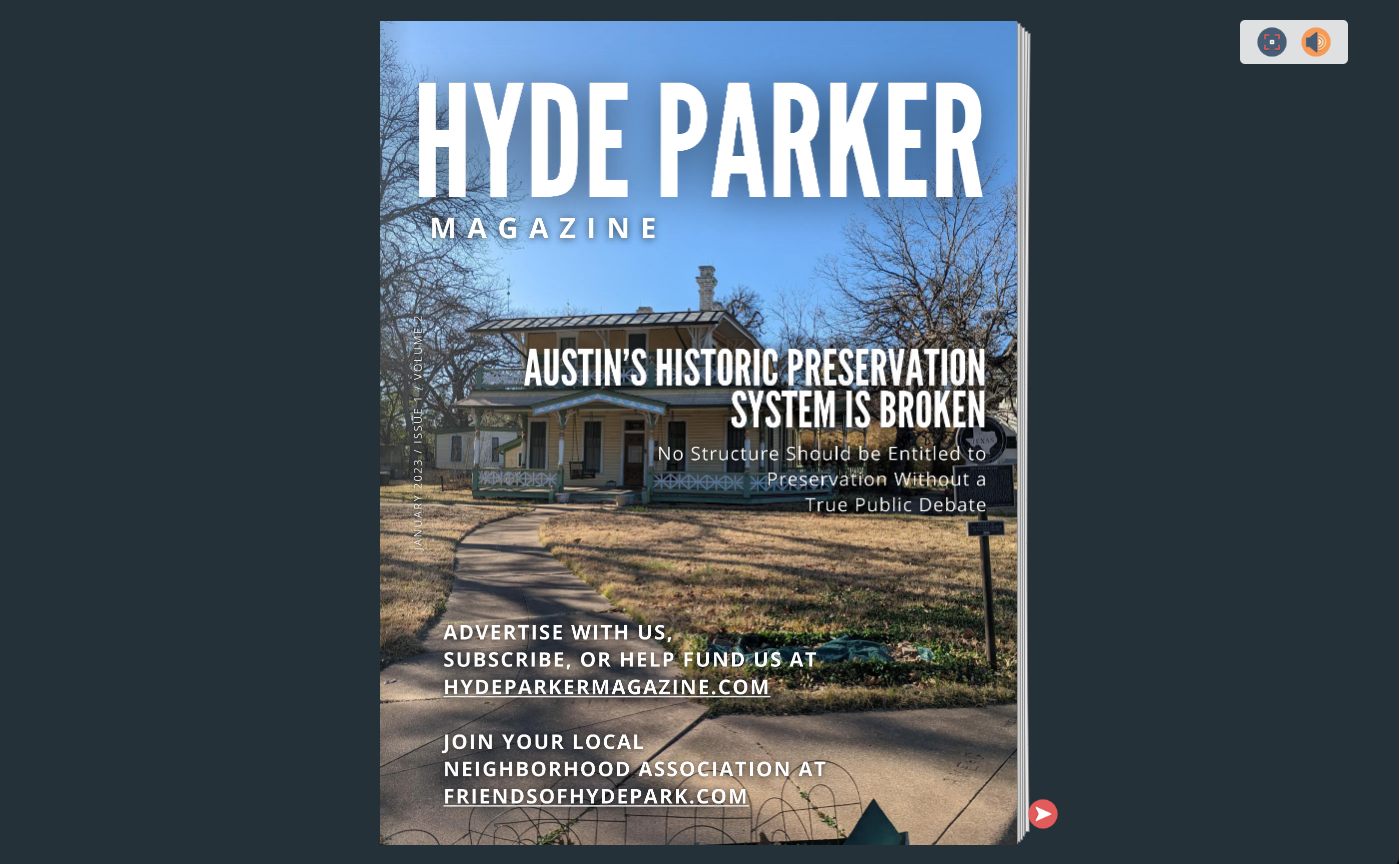Austin’s Historic Preservation System is Broken
During a recent historic preservation case at City Hall, a representative for the property owner of the West Austin Delisle House raised questions about not only city staff's internal process for determining historical significance but also whether staff is doing appropriate due diligence when it comes to uncovering a property or property owner's ties to segregation.
During the Planning Commission debate on the subject, a historic preservation officer denied the claim, and said the city "would never landmark a property where a segregationist lived, or there was a racist person."
City staffer Caleb Pritchard helpfully pointed out at the time that the city doesn’t have such a sterling record in that realm – even in the very recent past. For example, he referenced the city marking the Kohn House as historic in 2021. Associated with entrepreneur Adolf Kohn, a German immigrant who used his business wealth to develop downtown and neighborhoods such as Shoalmont Addition in Northwest Austin.
Pritchard's search of the Austin American-Statesman archive found contemporary reference to Shoalmont as "restricted to persons of the Caucasian race." There is no mention of race in the city staff produced research documentation on the case. The office is known to rely heavily on the Statesman archive for its research, so what broke down during the review of this case that such a serious piece of context would be left out?
Hyde Park alone has many examples of properties being given historic designations that are associated with racist individuals. The Monroe Shipe House was given its historic designation because of Monroe Shipe. Shipe began platting Hyde Park envisioning an exclusive neighborhood free of “undesirable occupants.” Advertisements appealing to potential buyers by promising there “never will be negroes for neighbors in Hyde Park,” is a commonly circulated example of the racist roots of the Hyde Park neighborhood. Some historically designated properties even still have slave quarters as monuments to their racist pasts.
The existence of historic designations itself continues to further segregation. How much money is being taken from Austin taxpayers every year to give these properties tax breaks in the form of historic exemptions because of their associations with past racist owners? Why do the owners of these properties, often wealthy and white, deserve to pay less property taxes than everyone else in Austin? Is there a better use for this money?
Clearly, the city of Austin needs to conduct a transparent public review process to evaluate how its staffers are trained to vet historic preservation cases and the resources they are given to do their jobs. We need to agree upon criteria staff can follow to ensure that community values are adhered to as we make decisions about what parts of the past should be deemed historic and marked for preservation.
No structure should be entitled to preservation without a true public debate. Even if the current committee structure were indicative of the public opinion – and it definitely isn’t – the public can’t make sound decisions on these matters with incomplete information on the subject.
Maybe some in the public feel like Commissioner Carmen Llanes Pulido, who acknowledged during the meeting that the claims of segregation were likely true while at the same time denying that alone should count against a property being considered for historic preservation.
We must respectfully disagree. In a vacuum, maybe, that’s true. But in the real world Austin, we decide each day through our inaction to lose valuable pieces of our city’s history to displacement. The structural racism that our city was built on decides everything from what is preserved and what is demolished without a thought; whose social gatherings qualify as galas and whose don’t; and whose wrongs can be called out and whose are lost to history.
Austin doesn’t have to accept that. We can demand a transparent, equitable, and inclusive historic preservation process.
If you liked the article and want to help, please consider advertising with us by clicking “Advertise” or making a small one time or monthly contribution by clicking “Help Fund Us!” Advertising or any contribution amount, either one time or monthly, is vital for us to continue our independent journalism and advocacy.


